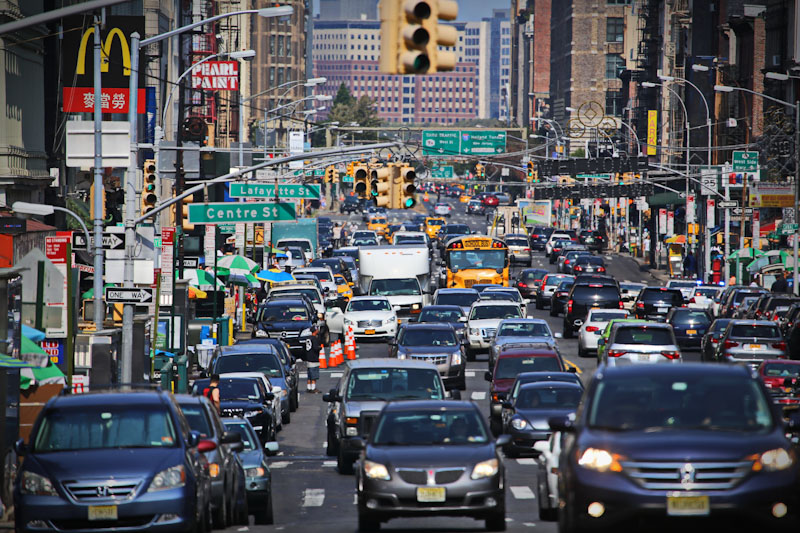NYC Congestion Pricing Plan Reaches Key FEIS Milestone
NEW YORK—A triumvirate of government bodies released on May 12 the long-debated report that supports congestion pricing in Manhattan. The Final Environmental Assessment for the Central Business District Tolling Program and a draft “Finding of No Significant Impact,” prepared by the Federal Highway Administration, is now available for public review online thru June 11.
Once the 30-day review period is over, Federal Highway Administration will make its final decision, completing its review of the potential environmental effects of allowing the Central Business District Tolling Program. Following entry into a tolling agreement with the FHWA, tolling could begin up to 310 days later, during which contractors would design, build, test and activate tolling equipment.
The MTA and the state and city DOTs are committing $207.5 million over five years for mitigation measures largely focused on environmental justice communities and populations. This includes a $47.5-million set aside for a new low-income discount and $5 million for additional monitoring of traffic, air quality and transit station elements.

The program would generate net revenues sufficient to leverage $15 billion for the MTA’s 2020-2024 Capital Program, which includes transformational projects. The funding would allow the MTA to progress on its aggressive timeline of completing accessibility improvements, along with performing necessary state-of-good repair work to the more-than-a-century old transit system.
New York City Mayor Eric Adams said, “The federal government has given congestion pricing another green light, and we’re ready to get it done right. This is about more than reducing traffic. We’ll invest in our transit system and clean up the air in the most polluted communities. Building a stronger future means ensuring progress includes everyone, and we don’t push consequences into overlooked communities.”
The other highlights of the program include:
- A low-income driver discount program would provide a 25% discount for low-income frequent drivers on the full CBD E-ZPass toll rate after the first 10 trips in each calendar month (excluding the overnight period).
- Taxis and for-hire-vehicles may not be tolled more than once a day.
- Provide a discount of at least 50% on the peak toll for trucks and other vehicles from at least 12 a.m. to 4 a.m.
- Expand NYC DOT’s Clean Trucks Program to accelerate the replacement of old diesel trucks to lower-emission vehicles.
- Expand NYC DOT’s Off-Hours Delivery Program.
- Place-based mitigation measures.
- Retrofit refrigeration trailers (TRUs) at Hunts Point Market from dirty diesel to clean hybrid diesel.
- Expand electric truck charging infrastructure.
- Renovate parks and expand vegetative barriers along highways in EJ communities.
- Install air filtration units in schools near highways.
- Expand the NYC Department of Health and Mental Hygiene’s asthma case management program in schools and establish a new asthma center in the Bronx.
- The TMRB may recommend policies related to discounts and exemptions that go beyond the commitments in the EA.
